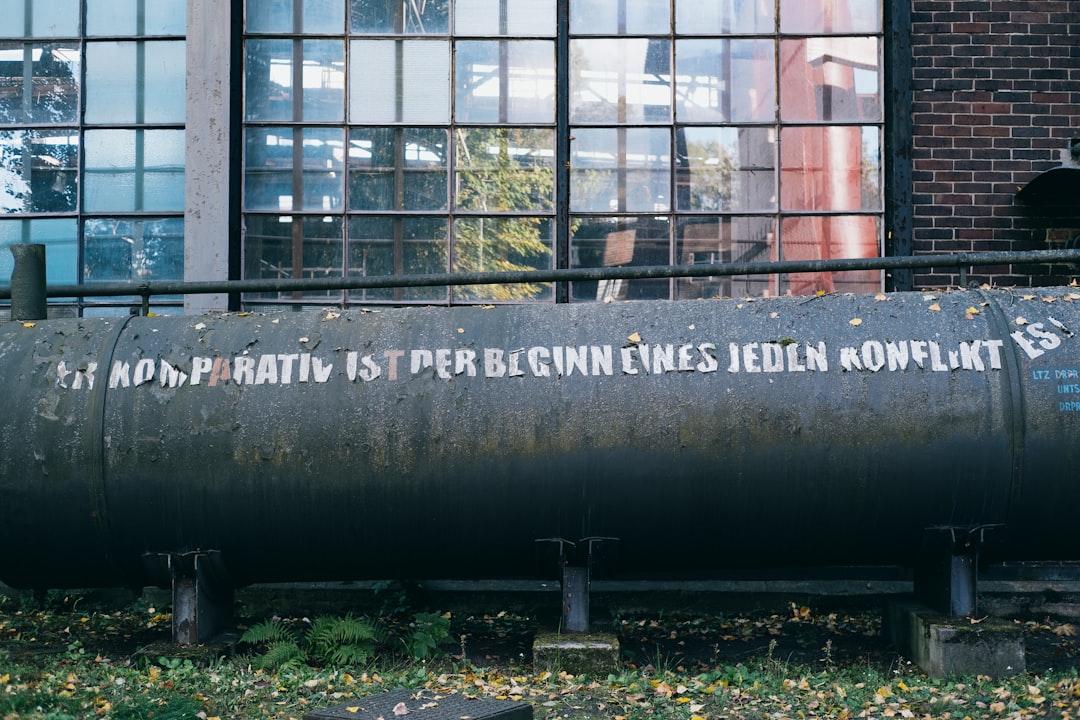Oil refineries are complex and hazardous environments, demanding robust and reliable infrastructure to withstand extreme pressures, temperatures, and corrosive substances. At the heart of this infrastructure lies a network of steel pipes, carrying a multitude of fluids and gases throughout the refining process. Understanding the vital role of steel pipes in oil refineries is crucial for ensuring operational efficiency, safety, and environmental protection.
1. Material Selection: Choosing the Right Steel for the Job
The selection of steel pipe for oil refinery applications is far from arbitrary. It involves careful consideration of various factors, including the specific fluid being transported, operating temperature and pressure, and the potential for corrosion. Common steel grades employed include:
- Carbon Steel: A cost-effective choice for less demanding applications, often used for low-pressure steam or water lines. However, its corrosion resistance is limited, necessitating protective coatings in many refinery settings.
- Alloy Steel: Offers superior strength and corrosion resistance compared to carbon steel. Different alloying elements (chromium, molybdenum, nickel, etc.) are added to enhance specific properties, making them suitable for handling high-temperature, high-pressure streams and corrosive chemicals like sulfur compounds.
- Stainless Steel: Known for its exceptional corrosion resistance, particularly in acidic or chloride-rich environments. Stainless steel pipes are often preferred for handling highly corrosive process streams and in areas prone to seawater exposure.
- Duplex Stainless Steel: Combines the high strength of ferritic stainless steel with the excellent corrosion resistance of austenitic stainless steel, making it ideal for demanding applications with high pressure and corrosive conditions.
- Protective Coatings: Applying internal and external coatings like epoxy resins, zinc, or polyurethane protects the steel pipe from direct contact with corrosive agents.
- Corrosion Inhibitors: Adding chemicals to the process streams can slow down or prevent corrosion reactions.
- Cathodic Protection: This electrochemical method uses sacrificial anodes or impressed current to protect the steel pipe from corrosion.
- Material Selection (as discussed above): Choosing corrosion-resistant steel grades is a proactive measure to minimize corrosion issues.
- API 5L: Covers line pipe for the petroleum and natural gas industries.
- ASTM A53: Specifies requirements for black and galvanized steel pipes.
- ASTM A106: Specifies seamless carbon steel pipes for high-temperature service.
- ASME B31.3: Provides guidelines for the design, construction, and inspection of process piping systems.
- Visual Inspections: Checking for signs of corrosion, damage, or leaks.
- Non-Destructive Testing (NDT): Techniques like ultrasonic testing, radiographic testing, and magnetic particle testing detect internal flaws without damaging the pipe.
- Hydrostatic Testing: Pressurizing the pipe with water to check for leaks and structural integrity.
- Preventive Maintenance: Regular cleaning, coating repair, and cathodic protection monitoring.
- Advanced Materials: Research and development into high-strength, corrosion-resistant steel alloys that can withstand even more demanding conditions.
- Smart Pipes: Incorporating sensors and data analytics to monitor pipe condition in real-time, enabling proactive maintenance and preventing unexpected failures.
- Improved Welding Techniques: Developing more efficient and reliable welding methods to ensure the structural integrity of pipe joints.
- Sustainable Practices: Focusing on using recycled steel and reducing the environmental impact of pipe manufacturing and disposal.
The selection process also considers factors like weldability, formability, and the availability of appropriate pipe fittings and flanges.
2. Corrosion Resistance: Protecting Against Degradation
Corrosion is a significant concern in oil refineries due to the presence of various corrosive substances. To mitigate this, several strategies are employed:
Regular inspection and maintenance are critical for detecting and addressing corrosion before it leads to pipe failure.
3. Pipe Standards and Safety Regulations
Steel pipes used in oil refineries must adhere to strict industry standards and safety regulations to ensure structural integrity and prevent catastrophic failures. These standards specify material properties, manufacturing processes, testing procedures, and safety requirements. Key standards include:
Adherence to these standards is crucial for ensuring the safety of refinery personnel and the environment.
4. Inspection and Maintenance: Ensuring Operational Integrity
Regular inspection and maintenance are paramount to the safe and efficient operation of steel pipe systems in oil refineries. This includes:
A well-defined inspection and maintenance program is essential for extending the lifespan of steel pipes and preventing costly downtime.
5. Future Trends: Innovations in Steel Pipe Technology
The oil and gas industry is constantly seeking improvements in steel pipe technology to enhance efficiency, safety, and sustainability. Some emerging trends include:
These advancements will play a crucial role in ensuring the continued reliability and safety of steel pipe systems in oil refineries for years to come.
Tags: steel pipes, oil refinery, corrosion resistance, API 5L, process piping, refinery safety, pipeline maintenance, stainless steel pipes, alloy steel pipes, oil and gas industry




